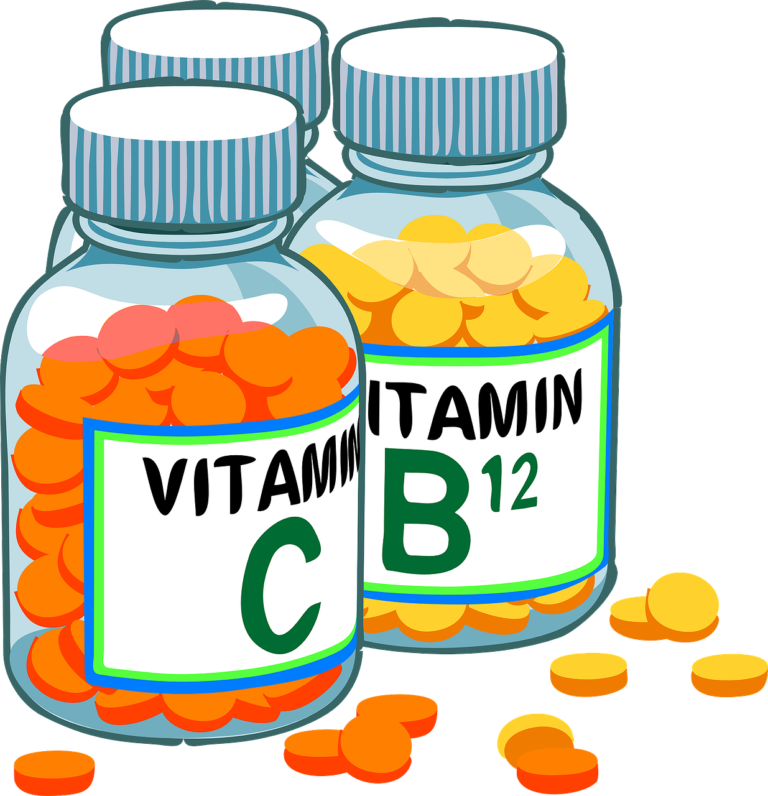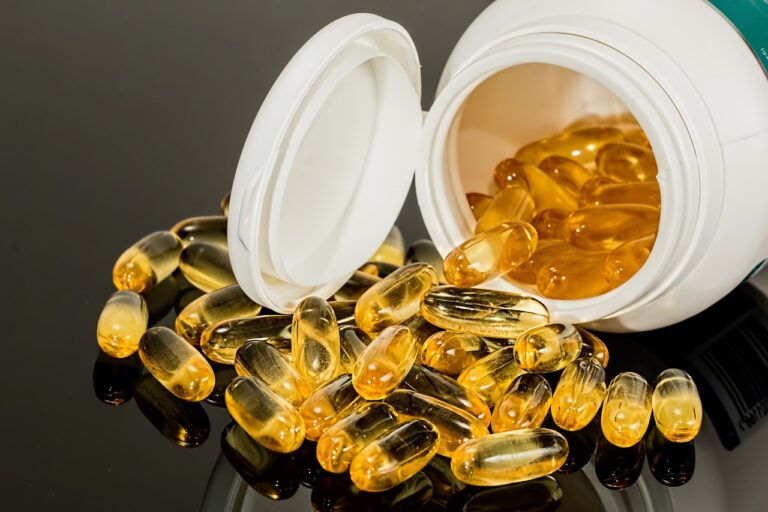Top 10 Harmful Food Additives to Avoid in the U.S.
Are You Eating These Harmful Food Ingredients? The Time My Meal Turned Into A Lab Experiment
Let me set the scene: It’s 3 a.m., I’m raiding my pantry, and I’m face-to-mask with a bag of “cheese” puffs. The ingredient list includes “Yellow 6” and “tert-Butylhydroquinone.” “Is this snack food or a Mad Libs entry?” I wondered, crunching defiantly. Spoiler: I spent the next hour Googling “tert-Butylhydroquinone” while questioning my life choices. If you’ve ever felt betrayed by a Pop-Tart, this post is for you. We’re diving into the top 10 harmful food additives to avoid—substances banned globally but chilling in your Cheetos. Plus, I’ll name names (looking at you, McDonald’s), share horror stories, and confess my own snack-related shame.
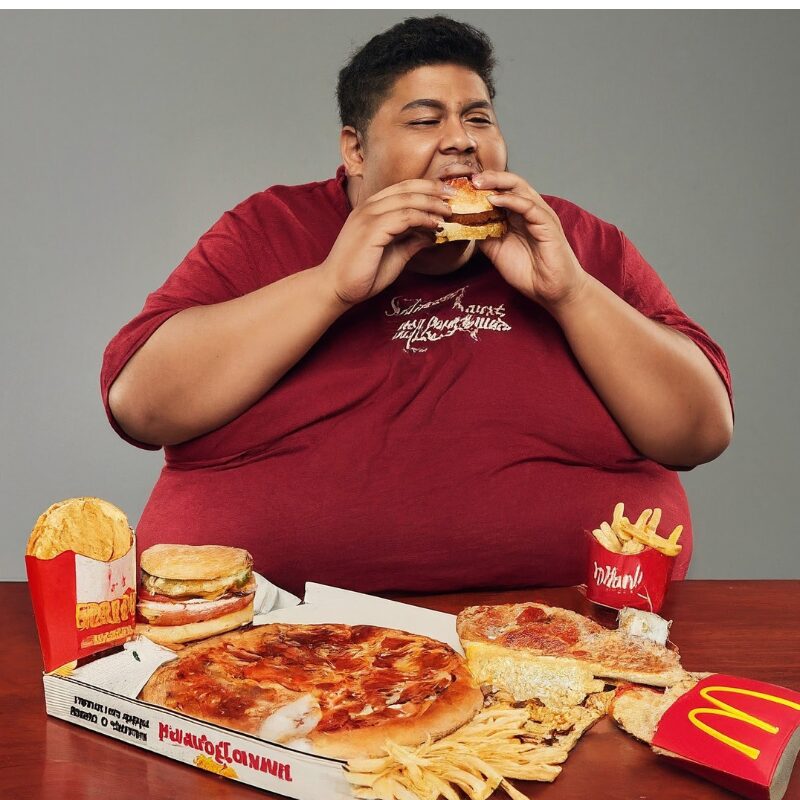
Why Does the U.S. Allow These Harmful Food Additives? A Tale of Two Regulatory Philosophies
Why does the U.S. allow these harmful food ingredients while other countries have banned them? Imagine two neighbors: The EU is the paranoid parent who won’t let kids eat gluten until it’s peer-reviewed. The U.S. is the laid-back uncle who says, “Eh, chemicals are probably fine—pass the Cheez Whiz.” The FDA’s “generally recognized as safe” (GRAS) loophole lets companies approve their own additives. Meanwhile, the EU’s precautionary principle bans anything remotely suspicious. Result? Americans eat 85% of the world’s brominated vegetable oil. Yuuuuck!!!! Bon appétit!
The Top 10 Food Additives to Avoid (and the Brands Sneaking Them In)
1. Harmful Food Additive #1: Brominated Vegetable Oil (BVO): Soda’s Secret Flame Retardant
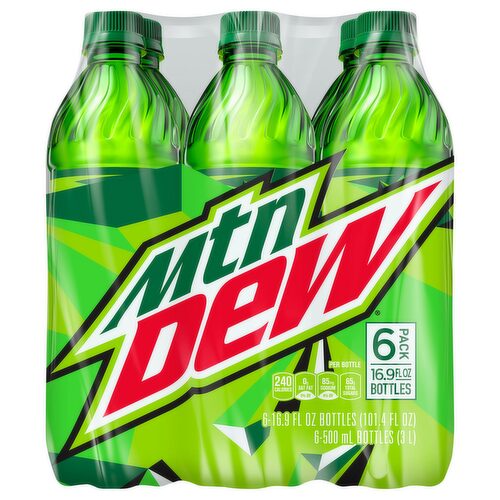
- Why Banned? Illegal in EU, India, Japan.
- Risks: Bromine toxicity linked to memory loss, thyroid dysfunction, and acne-like skin lesions.
- Worst-Case Scenario: In 1997, a man drinking 2–4 liters of BVO-laden soda daily developed bromism—a condition causing psychosis, seizures, and loss of muscle control (New England Journal of Medicine).
- Found In: Mountain Dew, Squirt, Sun Drop, some Gatorade flavors.
- My Shameful Confession: I once chugged Mountain Dew during finals week. My grades stayed mediocre, but my skin turned into a teen horror movie.
2. Harmful Food Additive #2: Artificial Dyes (Red 40, Yellow 5, Blue 1): Skittles’ Dirty Secret
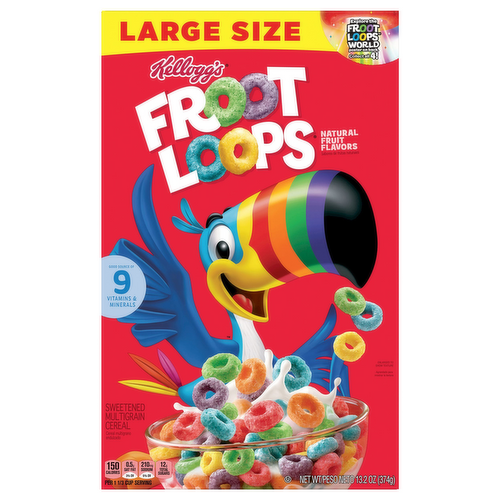
- Why Banned? EU requires warning labels; banned in Norway.
- Risks: Hyperactivity in kids, migraines, and allergic reactions.
- Worst-Case Scenario: A 2014 study found kids on dye-free diets showed 73% reduction in ADHD symptoms (Lancet).
- Found In: M&M’s (Mars), Kraft Mac & Cheese, Froot Loops (Kellogg’s), Jell-O (Kraft Heinz).
- Fun Fact: The “fruit” in Froot Loops is a lie. The only “loops” here are loopholes in food labeling laws.
3. Harmful Food Additive #3: Potassium Bromate…The Bread Ingredient That’s Literally Cancer
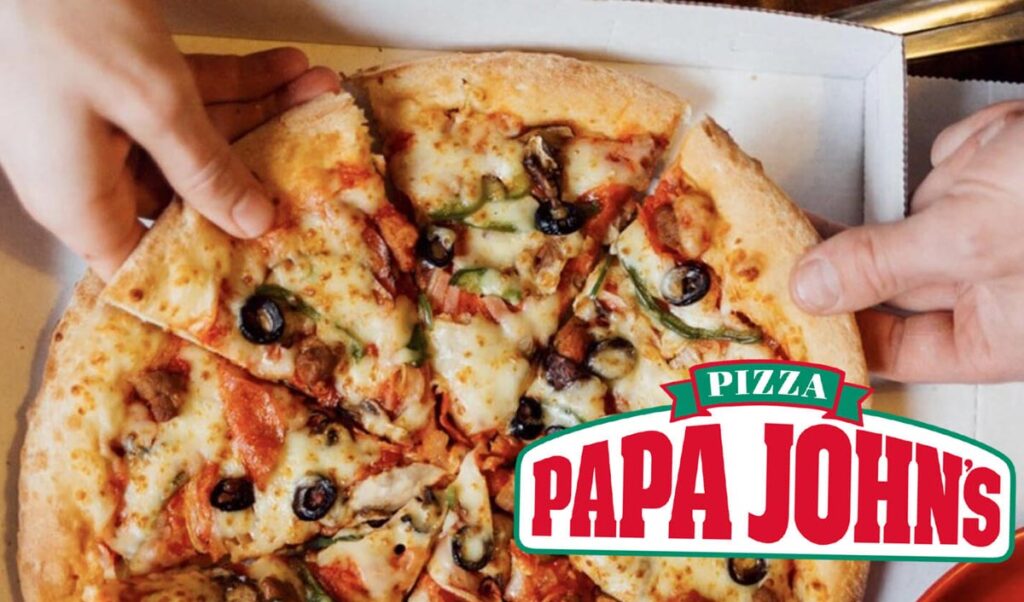
- Why Banned? Illegal in EU, Canada, China.
- Risks: Class 2B carcinogen (IARC); linked to thyroid and kidney tumors.
- Worst-Case Scenario: A 1982 Japanese study found bromate caused kidney cancer in rats, prompting its ban in Japan (National Toxicology Program).
- Found In: Little Debbie rolls, Hormel breakfast sandwiches, some Papa John’s pizza dough.
- My Kitchen Fail: I tried baking bromate-free bread. It tasted like despair and sawdust. Still, 10/10 would recommend over cancer.
4. Harmful Food Additive #4: Azodicarbonamide – Subway’s Yoga Mat Surprise
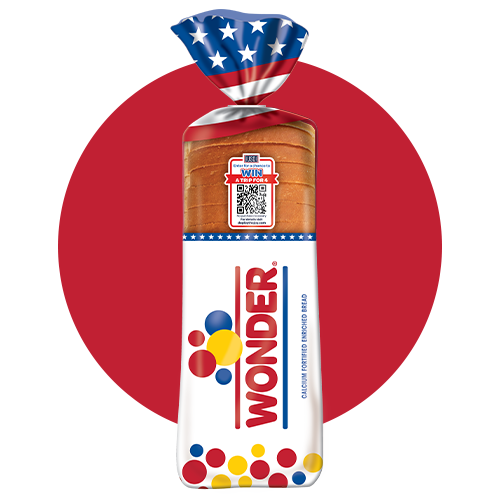
- Why Banned? Illegal in EU, Australia.
- Risks: Breaks down into urethane (a carcinogen) during baking.
- Worst-Case Scenario: Workers in plastic factories exposed to azodicarbonamide developed asthma and skin irritation—now imagine eating it (WHO).
- Found In: McDonald’s burger buns (until 2018*), Pillsbury breadsticks, Wonder Bread.
- *Subway removed it in 2014 after public outcry. Progress!
5. Harmful Food Additive #5: BHA & BHT – The Preservatives That Won’t Quit
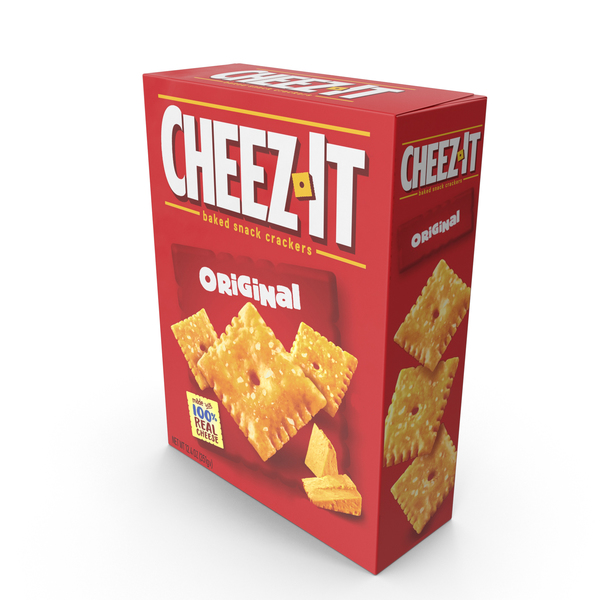
- Why Banned? Restricted in EU, Japan.
- Risks: BHA is a “possible human carcinogen” (IARC); linked to liver damage.
- Worst-Case Scenario: A 2013 study found BHA altered hormone function in rats, affecting fertility (Journal of Toxicology).
- Found In: Kellogg’s Rice Krispies, Cheez-Its (Kellogg’s), Slim Jims (Conagra).
- My Low Point: I ate 37 Cheez-Its during this paragraph. Send help.
6. Harmful Food Additive #6: rBST/rBGH – The Milk Hormone Big Dairy Doesn’t Want You to Know About
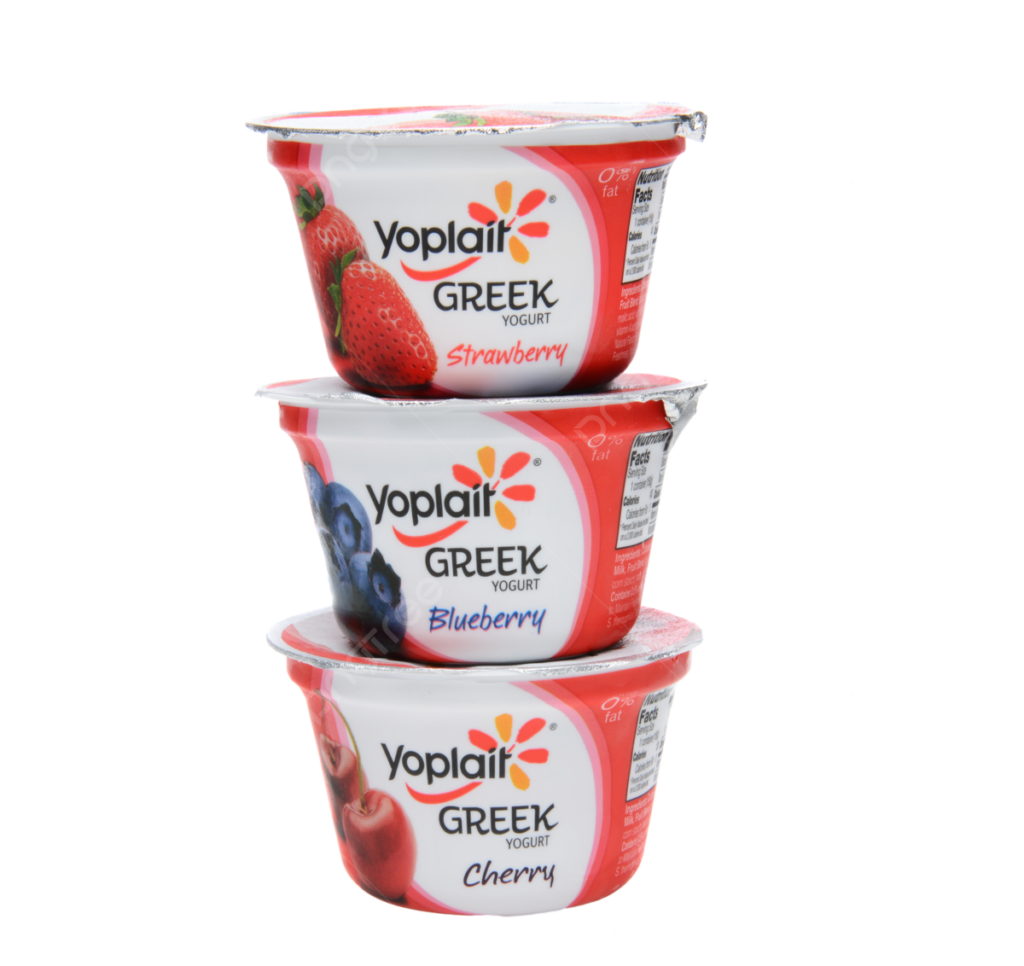
- Why Banned? Illegal in EU, Canada, Japan.
- Risks: Linked to breast/prostate cancer; increases antibiotic resistance.
- Worst-Case Scenario: Monsanto (now Bayer) sued Oakhurst Dairy in 2003 for labeling milk “rBST-free.” Because nothing says “wholesome” like suing farmers (The Guardian).
- Found In: Generic store-brand milks, Yoplait yogurts (General Mills), Kraft Singles.
- Story Time: My lactose intolerance spares me this nightmare. Silver linings!
7. Harmful Food Additive #7: Arsenic in Poultry – Because Chicken Shouldn’t Be Poisonous
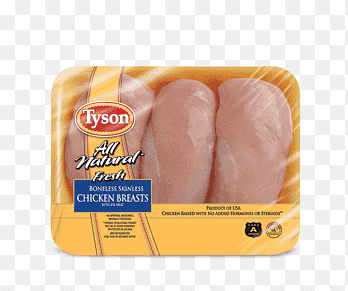
- Why Banned? Prohibited in EU.
- Risks: Inorganic arsenic causes bladder/lung cancer.
- Worst-Case Scenario: A 2013 Johns Hopkins study found arsenic-laced chicken lowered kids’ IQ scores (Environmental Health Perspectives).
- Found In: Tyson, Perdue, and Foster Farms chicken (via feed additive Roxarsone).
- My Culinary Win: I switched to organic chicken. Now I’m broke, but my IQ’s intact.
8. Harmful Food Additive #8: Olestra – The Chip Fat That’s a Gut Bomb
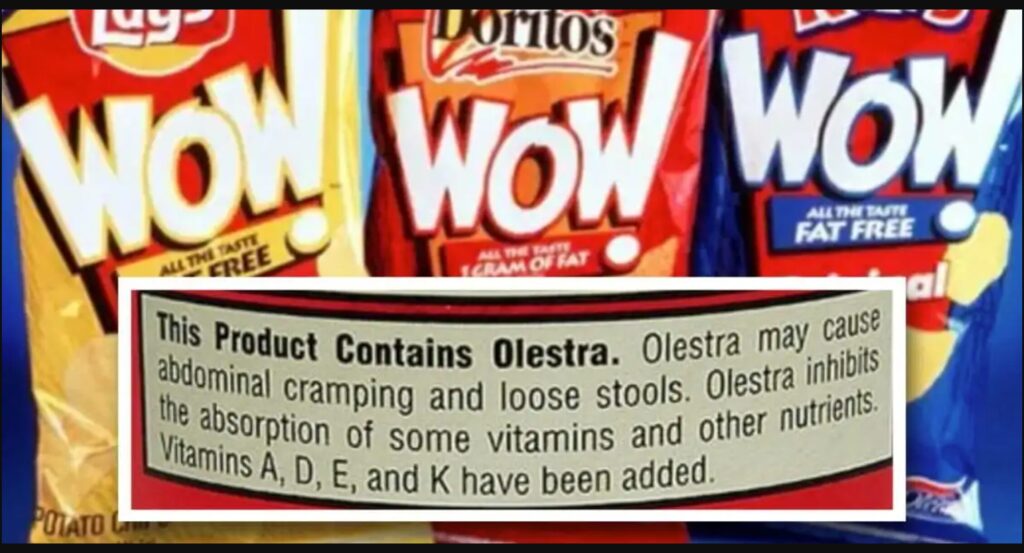
- Why Banned? Illegal in EU, Canada.
- Risks: Anal leakage (yes, really), cramps, “steatorrhea” (fatty stools).
- Worst-Case Scenario: In the 90s, Frito-Lay’s “Wow!” chips caused such widespread bathroom emergencies that the FDA mandated warning labels (CSPI).
- Found In: Discontinued, but still a cautionary tale.
- Confession: I tried Wow! chips in 1999. My toilet still hasn’t forgiven me.
9. Harmful Food Additive #9: Propylparaben – The Preservative in Your Muffin… and Your Shampoo
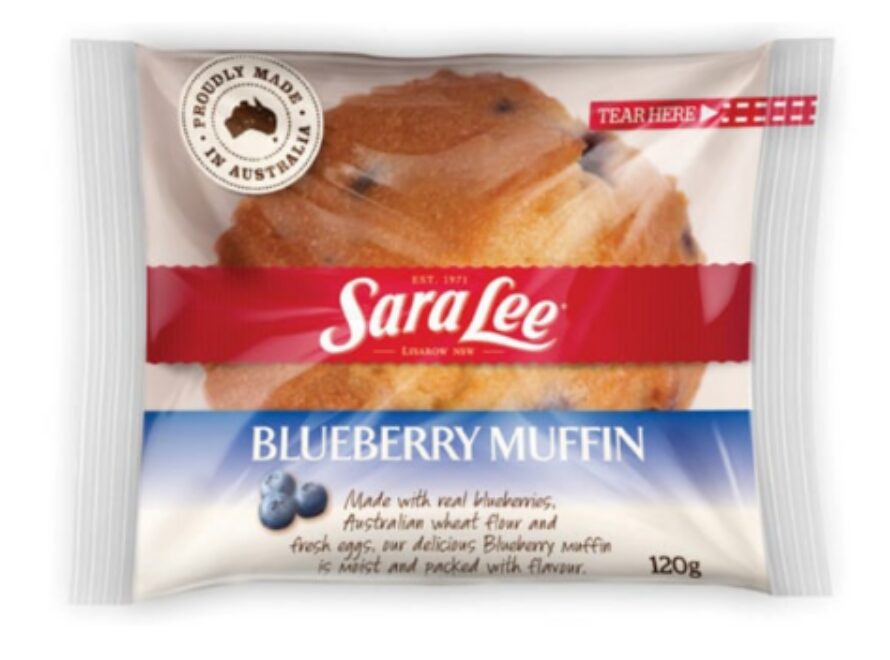
- Why Banned? Illegal in EU foods.
- Risks: Mimics estrogen; linked to infertility, breast cancer.
- Worst-Case Scenario: A 2017 Harvard study found parabens in 99% of breast cancer tumors (Journal of Applied Toxicology).
- Found In: Sara Lee muffins, La Banderita tortillas, some Hostess cakes.
- My Awkward Phase: I once ate 12 Sara Lee muffins in one sitting. Turns out, I was stress-eating estrogen.
10. Harmful Food Additive #10: Titanium Dioxide – Skittles’ Sparkly Sin
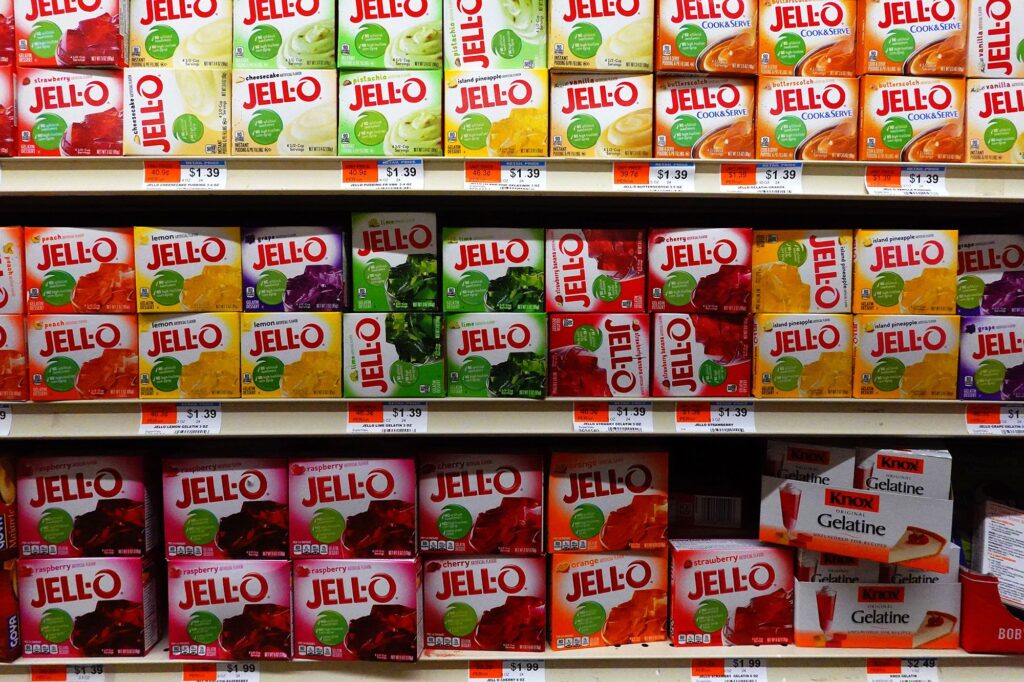
- Why Banned? EU banned it in 2022.
- Risks: DNA damage, inflammation, autoimmune issues.
- Worst-Case Scenario: A 2021 EFSA review found titanium dioxide unsafe at any level, citing genotoxicity concerns (EFSA).
- Found In: Skittles (U.S. version), Jell-O pudding, Trident gum.
- Fun Fact: The EU gets titanium-free Skittles. We get sparkly intestines.
How to Avoid These Harmful Food Additives (Without Living on Kale)
- Decode Labels: If you can’t pronounce it, don’t eat it. (RIP, my beloved “Thiamin Mononitrate” cereal.)
- Brand Swaps:
- Chips: Siete Grain-Free Tortilla Chips > Doritos.
- Bread: Dave’s Killer Bread > Wonder Bread.
- Candy: Unreal Brands (dye-free M&M knockoffs) > Skittles.
- Embrace Your Inner Chef: My homemade cookies may look like charcoal briquettes, but at least they’re carcinogen-free!
Conclusion: Your Pantry Isn’t a Chemistry Set and Should be Void of Any Harmful Food Ingredients
If you had a chance to read my article, Fitness After 40: The Ultimate Guide to Overcoming Age-Related Challenges with Getting Fit After 40, you will know that one of the biggest influences on our health and fitness as we age is the food we put into our bodies. However, knowing to what extent something might be good or bad for you is not always easy. Let’s face it: Navigating U.S. food labels is like playing Minesweeper. But knowledge is power (and slightly less terrifying than my first attempt at “clean” brownies). Now that you have some background knowledge of the harmful food ingredients that plague our groceries, you are responsible for consciously removing them from your diet…and your pantry! Share this post, laugh at my kitchen fails, and remember: You deserve food that nourishes—not neurotoxins.

